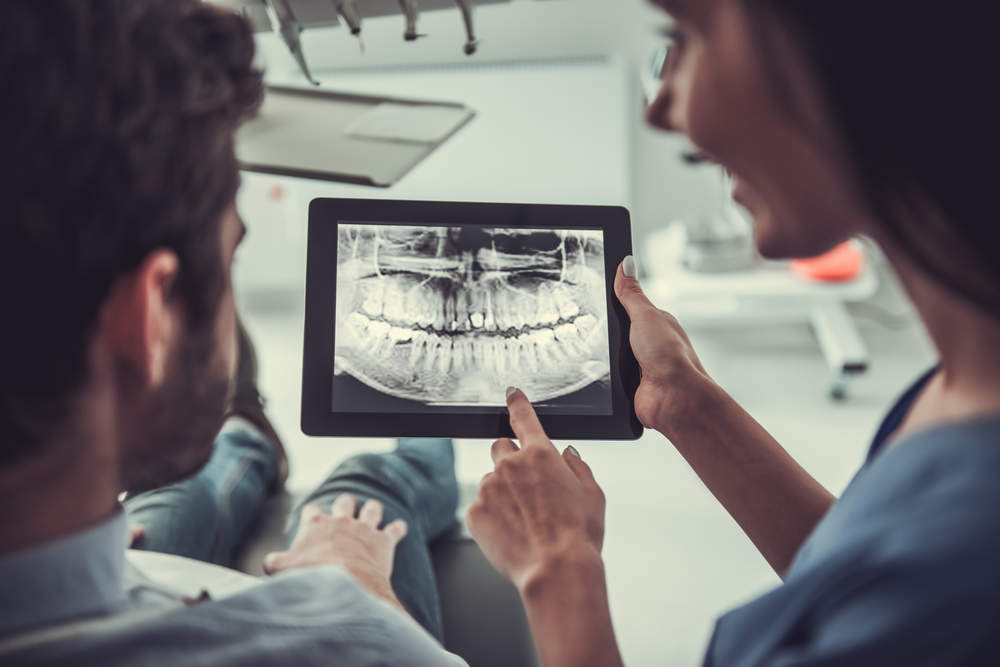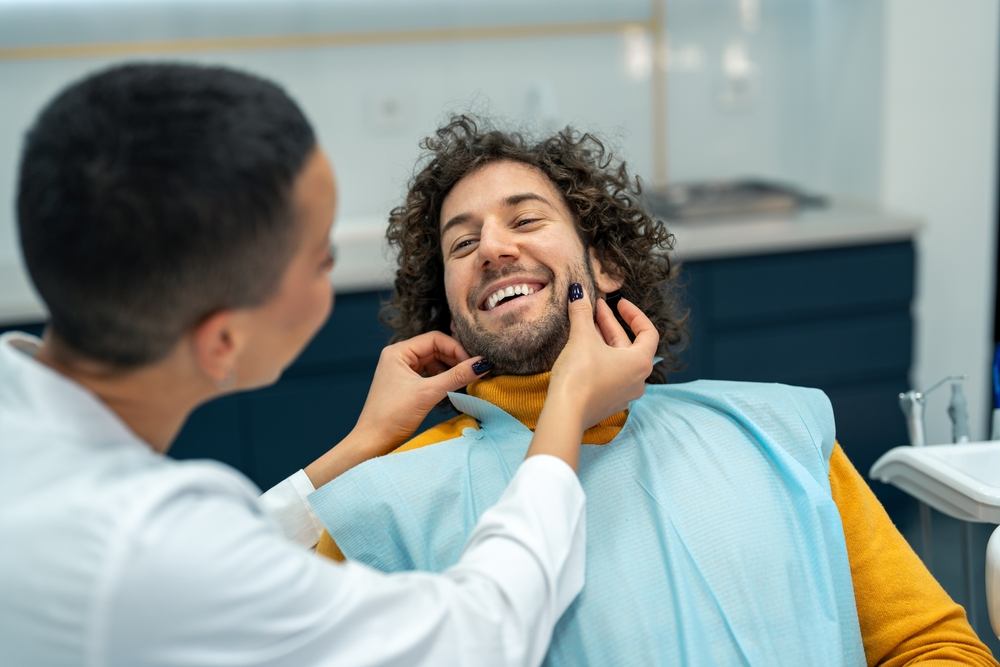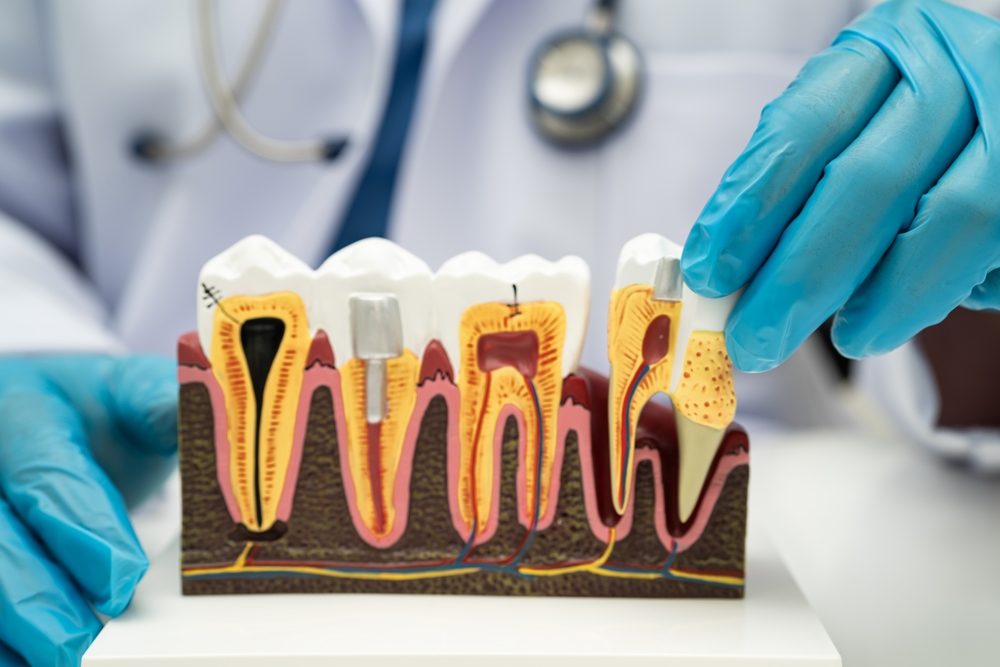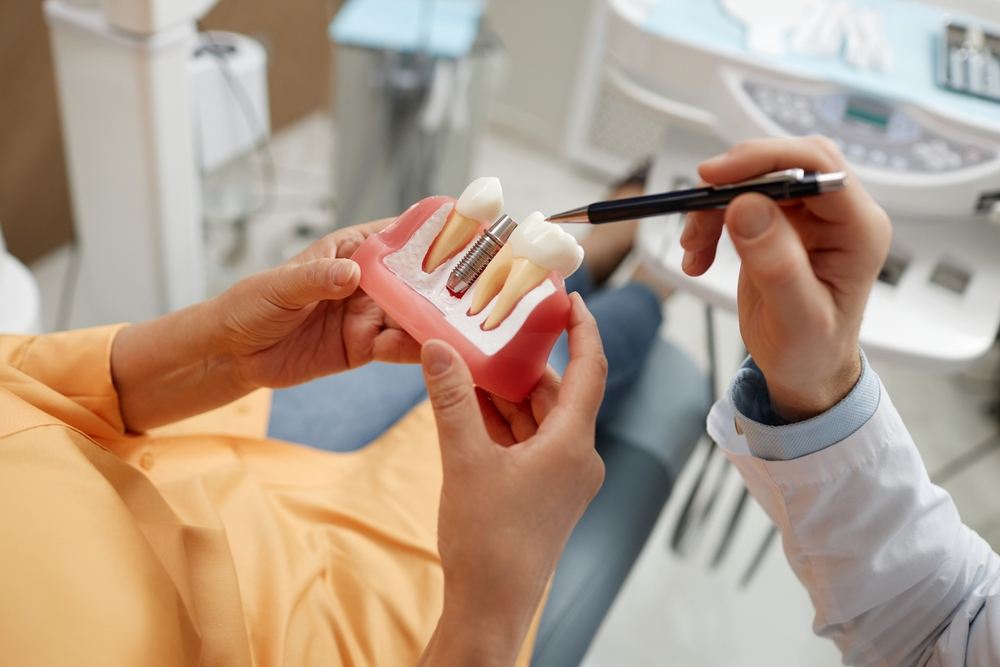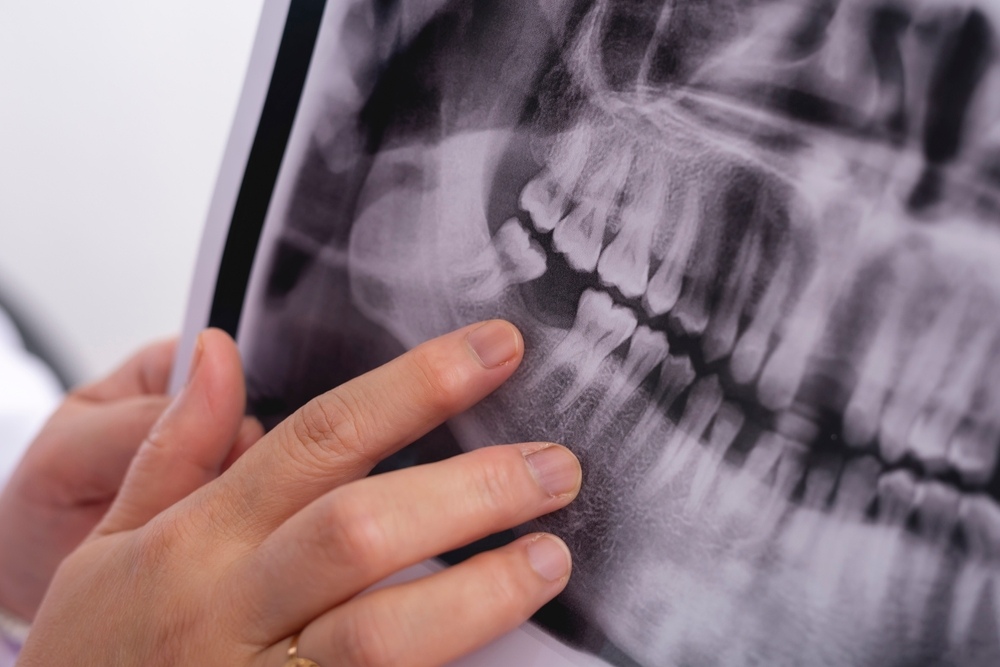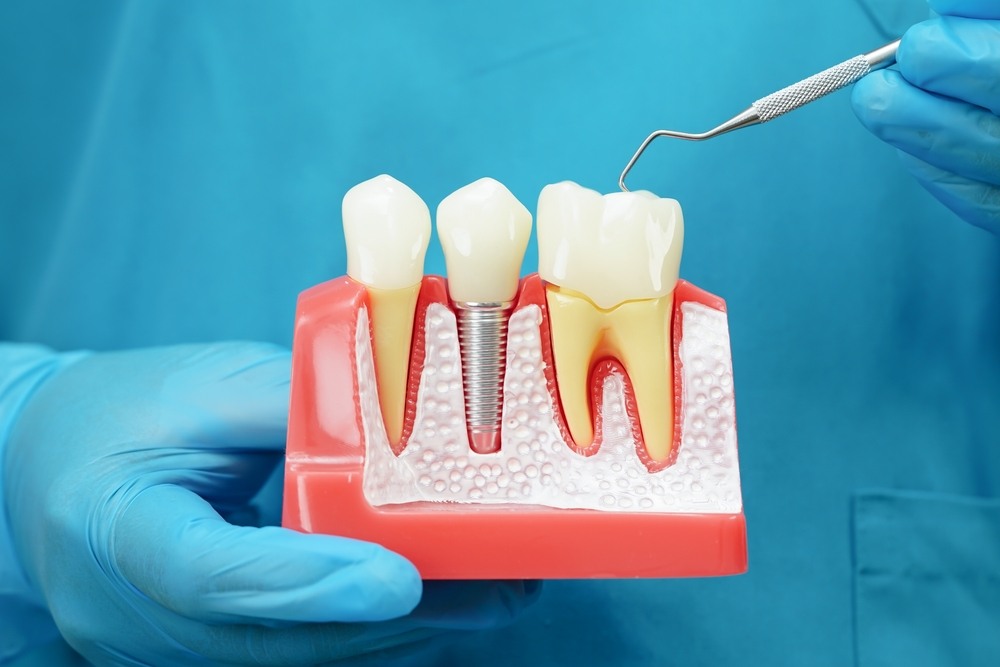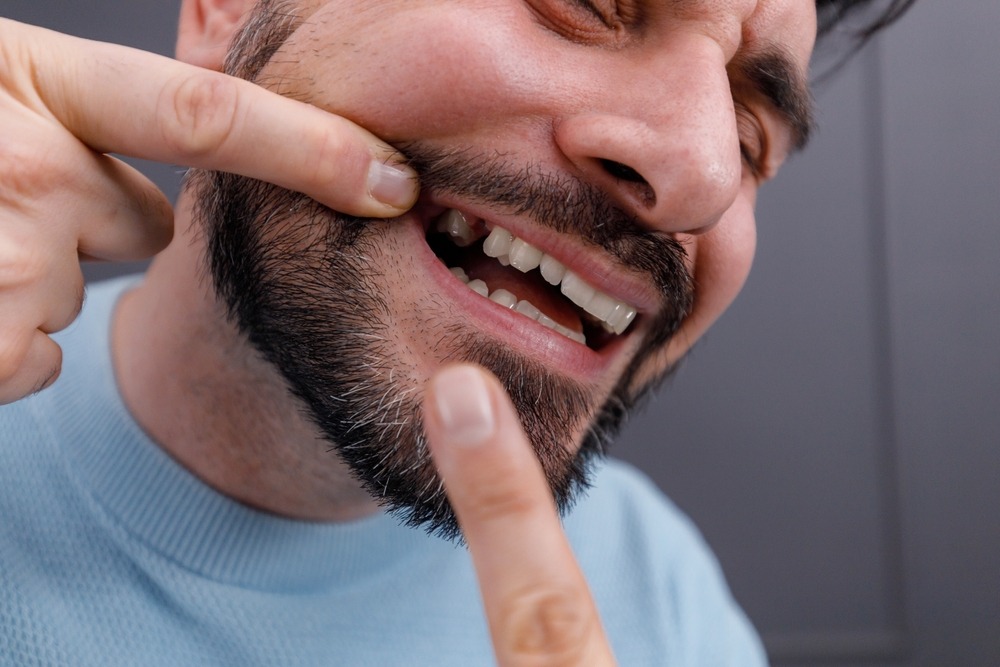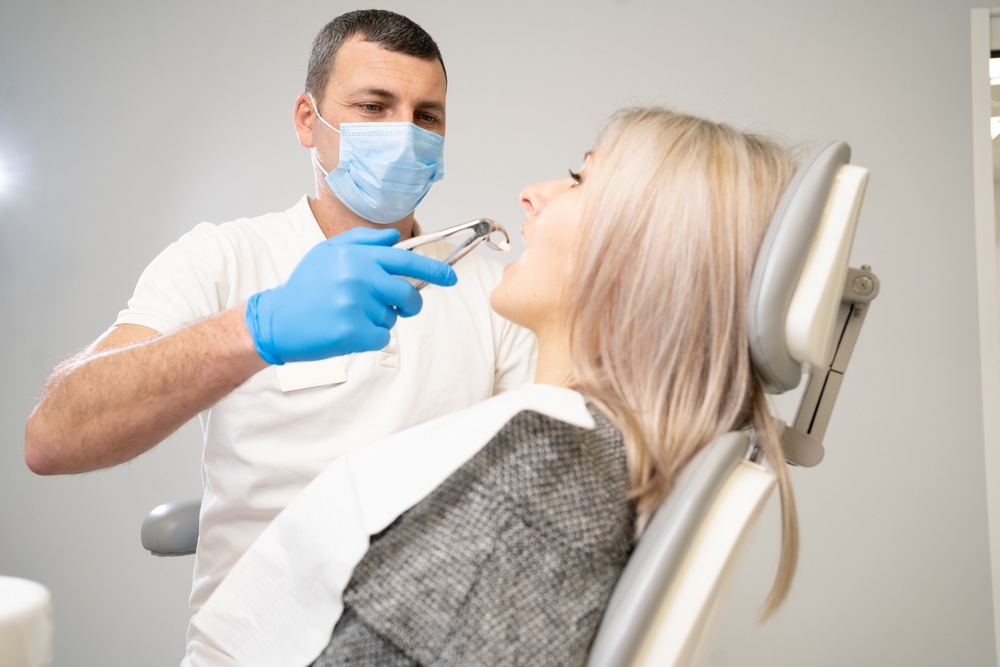Are Dental X-rays Safe?
Are you a little skeptical when it comes to getting dental x-rays?
Many people wonder how much radiation they are exposed to when it comes to dental X-rays, which can make patients super nervous and even inclined to refuse dental X-rays. First, it’s essential to know that radiation concern is not the only reason patients may try to decline or refuse dental X-rays. It can also be due to financial concerns or comfort concerns. If it is a financial concern, you may want to confirm that your insurance covers routine X-rays. Check with your insurance company and see what the frequency is that they cover X-rays and go from there. If it’s due to feeling uncomfortable, if you feel like you’re gagging when you have X-rays taken, the best thing to do for that is to be open and tell your dentist, or your hygienist, or the assistant, whoever’s taking your X-rays, so then they know ahead of time that you are prone to gagging. They can do their best to accommodate you and make you more comfortable. There are things we can do on our end to make it a little easier for you.
Talking about radiation exposure, let’s start with the acronym ALARA, as low as reasonably achievable. With ALARA, every precaution is taken, which means we only take X-rays when the benefits outweigh the risks. The reason we take dental X-rays is to show us what is not visible clinically to our eyes. So when it comes to the bone and the structures underneath your gums and between your teeth, X-rays are a crucial part of your dental exam. We do have reason to say that the benefits outweigh the risks when taking dental X-rays. If you were to skip your dental X-rays, you could mainly be in the dark when it comes to tooth decay, gum disease, bone loss, cysts, abscess teeth, leaky dental work, and the list goes on. By the time those conditions are visible clinically to the naked eye, they’re usually way worse and even more expensive to treat than they would have been if we saw them earlier with the x-ray. We can often see things on an X-ray that we could not see when we’re looking in your mouth clinically. X-rays allow you to fix things when they’re small instead of waiting for it to become a huge busted tooth, where it might not even be easily fixable anymore or fixable at all. X-rays help us treat compromised teeth before they get too bad.
Back in the day, people just had their teeth pulled when they started hurting. With our modern X-ray technology, we can fix teeth before they get so bad that they’re unfixable and before they have to be pulled. Today’s digital X-rays give off less radiation than the old-school traditional film X-rays. With our digital X-rays, it is possible to take a full mouth series of images between 18 and 22 photos. You will be exposed to less radiation than you would be exposed to if you were on an airplane flight from California to New York or even from eating certain foods. A single tooth X-ray is equivalent to the radiation you would get from eating two bananas. Yes, bananas are radioactive, and so are a lot of other foods, but that goes for everything in life, even walking outside in the sun gives you radiation. Sleeping next to someone gives you radiation, living in a brick house, etc. So taking all this into consideration, dental X-rays are one of the lowest radiation exposures in our daily lives. Digital X-rays are technically safer than the background radiation that you’re exposed to daily.
So in conclusion, digital dental X-rays are super low in radiation, and even with that in mind, dental professionals still follow ALARA, so you don’t get exposed to more than you need. If you still have concerns because of thyroid issues or something to that extent, always make sure the dental office provides you with an apron that has a thyroid collar that will shield your thyroid area from any scatter radiation.
If you have any questions or concerns when it comes to dental X-rays, please contact us or make an appointment.

